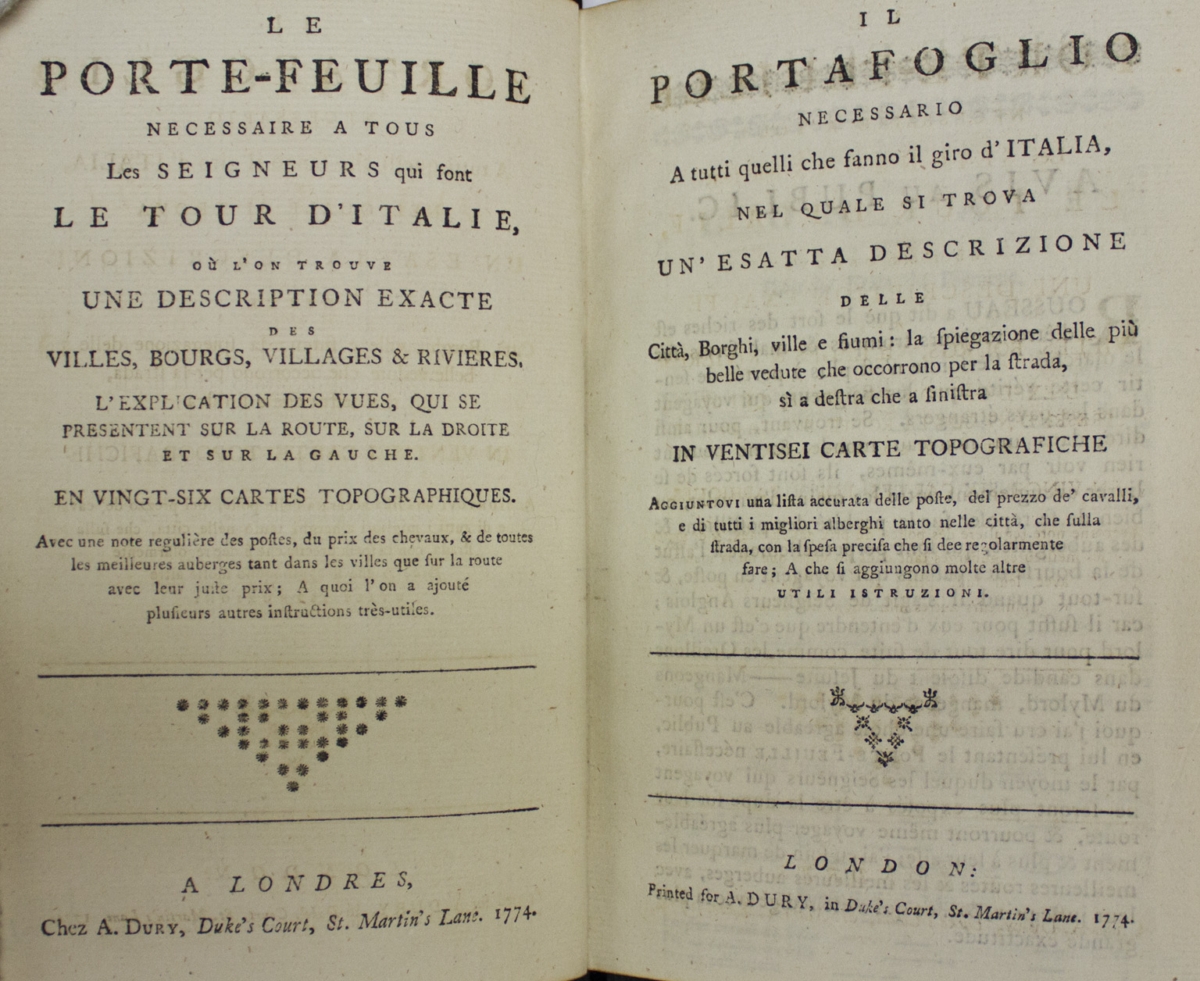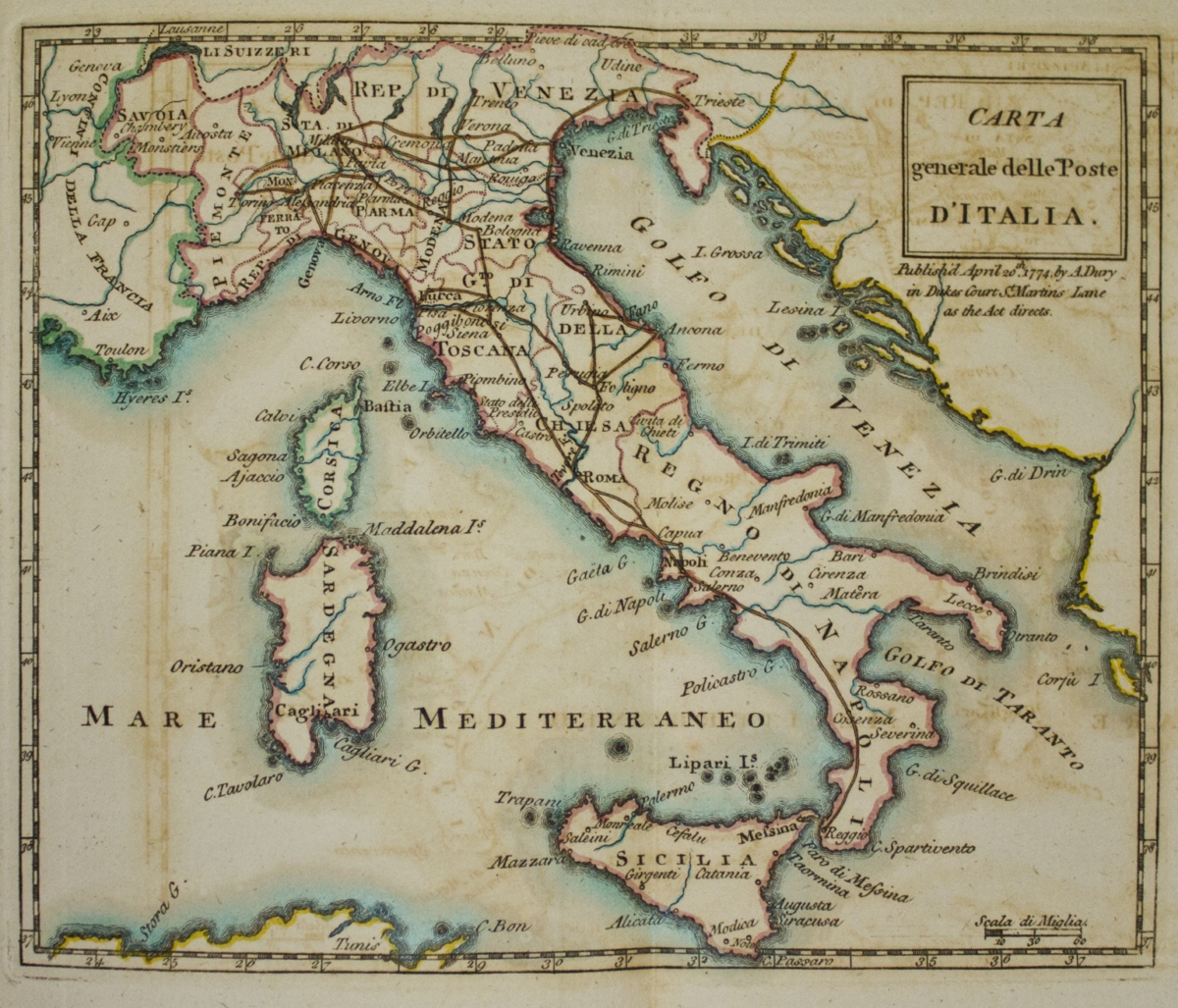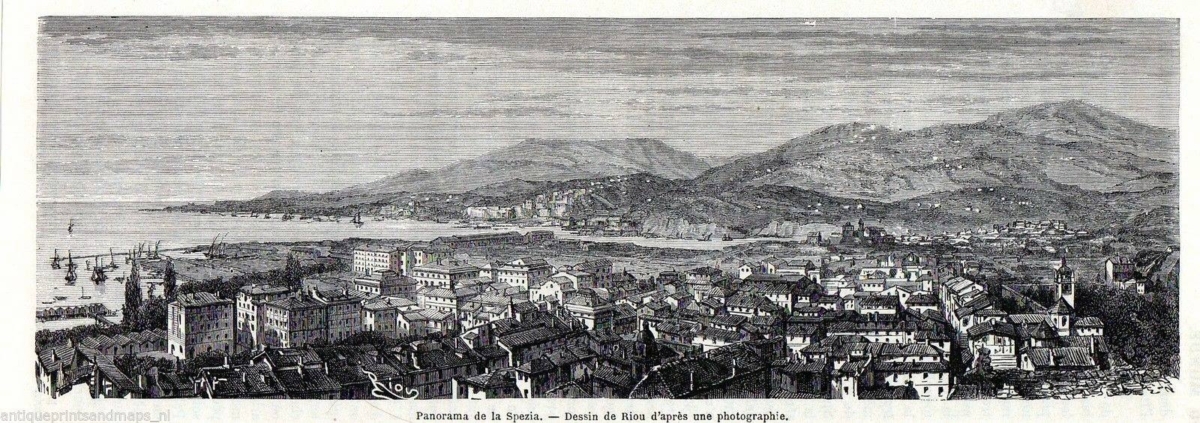Did you know that the Gulf of Poets was one of the destinations where the young men of the European aristocracy would stop during their Grand Tour of Italy? The Bel Paese was one of the mandatory stages in this long journey that the aristocrats would undertake around Europe to widen their knowledge about culture, art and politics. The trip could last months or even years, and the stay in Italy would usually be long because the country was seen as the cradle of Western civilization, the home of all that was considered to be significant from a historical, religious, aesthetical and political point of view.
Brief History of the Grand Tour in Italy
People had been traveling to Italy for centuries. In the Middle Ages, for example, there was a period of great wanderlust by scholars, merchants, pilgrims and adventurers. But it was only toward the end of the 16th century that the journey acquired a value of its own in the history of the collective European mentality and became a fashion until the early 19th century:
“Independently of the satisfaction of this or that need, the journey assumed the character of an end in itself, in the name of a curiosity that grew ever bolder, in the name of knowledge and understanding on the one hand and the pleasure of escape, of pure diversion on the other. This new idea began to take hold in Europe and was embodied in the vogue for the journey to Italy. […] It was Richard Lassels, in his ‘An Italian Voyage’, who first used the expression Grand Tour, a neologism that from that moment – the year 1670 – on would be adopted universally.” (Grand Tour project by Biblioteca Nazionale Centrale di Firenze)
Despite some occasional ups and downs, the idea of the Grand Tour remained solid throughout the 17th and 18th centuries, becoming particularly undisputable in the latter. This “golden age” of travel ended in the eve of the 19th century with the Napoleonic wars. Nonetheless, for years to come many European artists and aristocrats would continue to visit Italy or to choose it as their temporary home, including two of the most famous English Romantic poets – Lord George Gordon Byron and Percy Bysshe Shelley. Their admiration for the Bay of La Spezia and local gems like Portovenere and Lerici, led the area to inherit the nickname of Gulf of Poets. It was Byron who best summed up the appeal of Italy to the Grand Tourist:
“Fair Italy! Thou art the garden of the world, the home of all art yields, and nature can decree.”
The historic itinerary
Many Englishmen would reach Italy via sea, reaching Genoa with a felucca (traditional wooden sailing boat) from Marseille or Nice. Other travelers, especially the French, would arrive in Italy by passing through the Alps (Mont Cenis pass) to begin their voyage from Milan or Turin, while others, like the Germans, would cross the Brenner Pass to reach Verona or Venice.


The main stages of the Grand Tour in Italy were represented by the major art cities, like Florence, Venice, Rome and Naples. Nevertheless, there was some flexibility in the itineraries connecting these destinations and in choosing what smaller towns would be included in the tour.
Modern “Grand Tour” Road Trip in Italy
Just like in the past, to make the most out of a Grand Tour experience in Italy you should value time and flexibility. Slow Travel is the best way to feel, taste and understand a territory’s history, cuisine, culture and way of life. The recommended length of stay depends on how much of Italy you want to explore during your road trip. For example, if you want to visit the area that includes the Italian Riviera between Liguria and Tuscany, Florence, Rome and Venice, make sure to set aside at least 10 days.
If you want to start your Grand Tour from northern Italy, like most travelers would do in the 17th and 18th centuries, you can arrive by plane in the airports of Milan, Turin or Genoa. Pisa airport is also another great option, especially if you are more interested in focusing on the areas of the Italian Riviera and Central Italy. You can then start your road trip with a rental car from your arrival point.
If you want to completely avoid the plane, then you can reach Italy directly with your own car, or with a car that you hire in another country that is part of your European Grand Tour. All major art cities are easy to reach by car, although you will have to find out the local regulations on how to park in the historic center, if allowed. You might want to switch means of transport to visit some other destinations. For example, once you reach the Gulf of Poets you can comfortably park your car in Portovenere and then hire a private boat or use the popular ferry to explore the local bay and the neighboring Cinque Terre.

Recommended stops during a modern-day Grand Tour of Italy that pays homage to the historic movement, include Milan, Venice and Padua in the north; Genoa, Portovenere and Lerici on the Italian Riviera; central Italy with Florence, Pisa, Lucca, Rome and Bologna; Naples, Amalfi Coast and Syracuse in the south. Don’t miss the chance to explore Italy’s hidden gems, often just around the corner of the most famous cities!
SOURCES
Grand Tour project by Biblioteca Nazionale Centrale di Firenze
Clark Library at UCLA
Top image: painting by Gaspar van Wittel during his Grand Tour in Naples
Discover more from Discover Portovenere Blog
Subscribe to get the latest posts sent to your email.